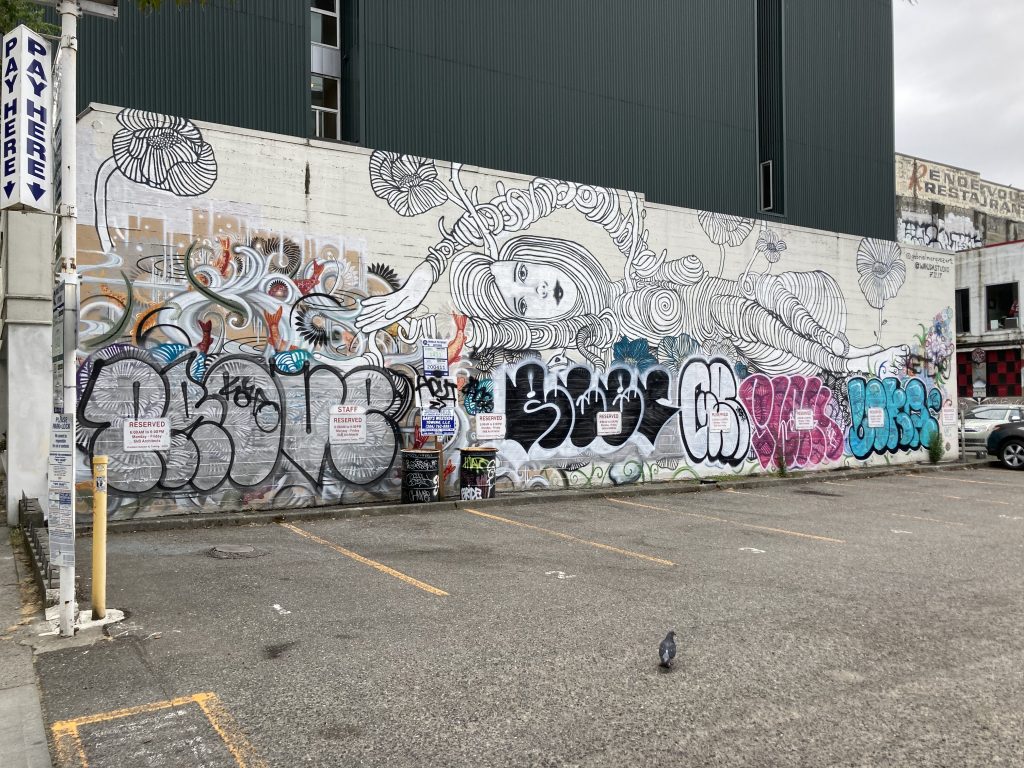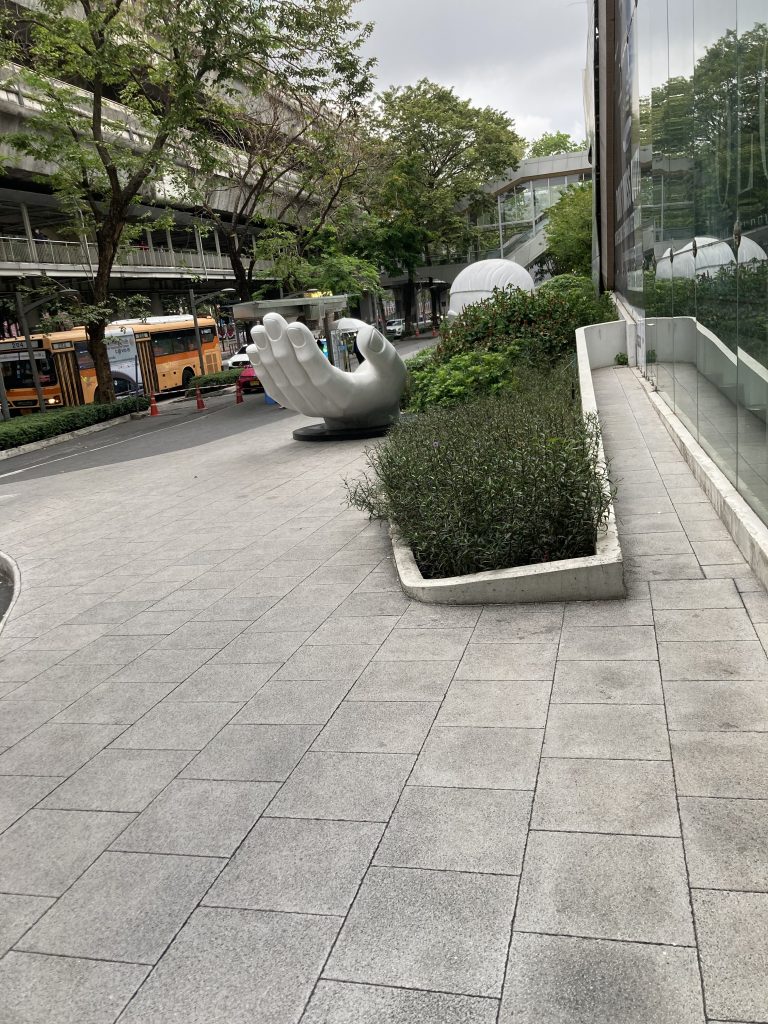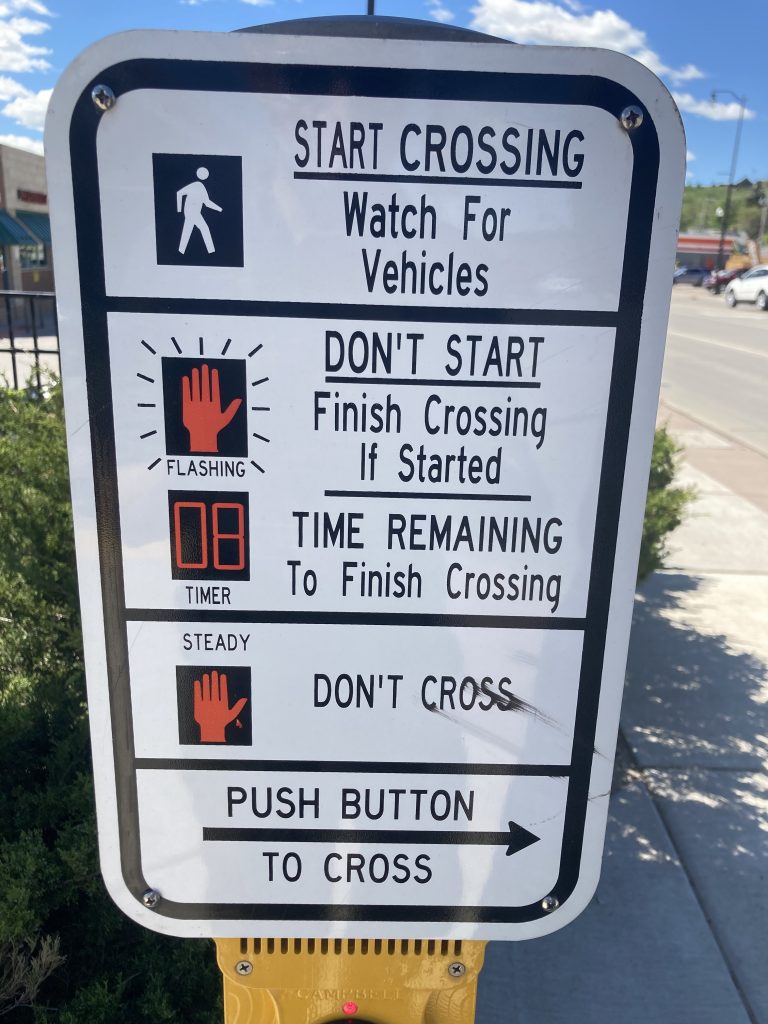growth


“Next up: Manifred Williams with his orange begonia! Look at those colors folks!”
Manifred Williams is a large man and his size grants him a cavernous belly button. A begonia grows from it, bushy and dangling downward, swaying as he walks to center stage in leather boots and unbuckled jeans. The effect is slightly vulgar but the crowd eats it up. The man has swagger. Unearned, in my opinion, but I am far out of my depth at the ‘The Festival of Stomach Flowers.’
‘It is as the name suggests, dear reader. ‘The Festival of Stomach Flowers’ is like a beauty pageant and a flower show fused into something that doesn’t resemble either. It is an annual gathering of people who have nurtured or neglected their bodies in such a way that their crevices have realized an uncommon fertility.
It’s said, among believers, that the flowers growing from the bodies of festival participants display special qualities- that they bloom in new colors and attract strange insects, that, crushed into a powder or brewed into a tree, they will treat chronic ailments and soothe apocalyptic hangovers. The legality of selling body flowers for consumption is questionable, but no agency has yet cracked down on ‘The Flesh Flower Market,’ a long-standing evening event that takes place after the festival and allows runners-up to recoup some of the cost of coaxing life from their hidden places.’
Melanie Elroth has encased her abdomen in a looping terrarium, sweating and growing moss. Scott Abner carries a parasol and grows a mushroom from his ear, cradles it like an old fashioned hearing horn. Two philosophies are on full display at ‘The Festival of Stomach Flowers.’ Half of the participants appear to be at peak health and the other half look like corpses, folded over. Sallow and sick.
I have to remind myself that these growths are the culmination of hard, careful work or extended languishing- that the chance of me… catching something like the thing that hangs from Manifred Williams’ midriff is slim. I have to remind myself often because the gathered crowd is made up of enthusiasts, mildewy and sprouting weeds.
After half an hour I realize that Hector has escaped his harness and I find him eating grass that curls from a man’s cracked callus. The man doesn’t notice, or doesn’t seem to, but when I fetch the wayward rabbit he turns to us and nods.
“Thanks for the trim,” he says.
We only skirt the edges of ‘The Flesh Flower Market,’ where attendees clip and moan and cross-pollinate. Hector throws up a little green pile in the kennel and sprouts a single dandelion from his nose a week later. It withers and falls away and that, thankfully, is the end of that.
-traveler

‘The short of it is this: there is a system that watches people, one person each day for a full 24 hours. The surveillance switch happens at noon mountain time and abides by daylight saving. The perspective hovers five feet or so in front of the subject at about face height and it adjusts for sitting or lying down. It seems to be limited to the USA, including Alaska and Hawaii, but has been known to cross the border with a subject if they happen to travel during their day of surveillance.
Interesting, yes, and disturbing- but what does it have to do with the Wayside?
‘The Society for Surveillance Indication,’ or ‘The SSI’ has a small center located in southern Nevada where the surveillance signal is the strongest. That’s the crux of the matter. Whatever happens to be doing the surveilling is also broadcasting its work and, intentionally or otherwise, that signal is accessible to those with the right equipment within a full square mile of Nevada countryside (and, weakly, within a single square foot in the middle of a street downtown Denver, Colorado, discovered in 2021). ‘The SSI’ is a small group of volunteers that monitors the surveillance signal and attempts to quickly identify each day’s subject and to warn them not to do anything they wouldn’t want seen- to cover up with a towel when they use the toilet, for instance, or to not give away launch codes in highly confidential government meetings. ‘The SSI Center’ highlights success stories- those days in which they were quickly able to identify somebody by a flashed ID or a phone number and save them the embarrassment of undressing for the dozens of people that camp out in Nevada and tune in, hoping to glimpse a blackmailable secret or satisfy a voyeuristic urge.
Controversially, ‘The SSI’ does allow high-value donors total access to their central command center which is, really, a small movie theater augmented with cutting edge information skimming software. In essence, for the right price, anybody can gain full access to ‘The SSI’s’ identification arsenal and could, theoretically, glimpse blackmailable secrets or satisfy voyeuristic urges in crisp 4K.
That’s the trick with the Wayside, reader. Money buys everything.’
A small crowd of people greet me in the parking lot of ‘The SSI Center.’ I mistake their waving for welcome- an unexpectedly generous sort of welcome. It isn’t until I’ve switched off the bike and taken off my helmet that I realize they were trying to wave me away.
A high pitched noise has filled the desert air but quickly fades. Thin smoke creeps from the doors of ‘The SSI Center.’ Its antennae sparks atop the roof. A woman, a managerial type, quiets the others and turns her back to me, placing her hands on her hips. She takes in the disaster of ‘The SSI Center’ behind her. A young man approaches.
“Hey,” he says. His tone is almost sheepish. “You didn’t happen to get a phone call just now, did you?” I check my phone and see several missed calls from an unknown number. One an hour ago. Two within the last 30 minutes. Nearly a dozen in the last five. The man continues: “Well, uh, today is they day you’re being surveilled and, uh, we thought you ought to know.” He gestures to ‘The SSI Center.’ “Feedback issue. Fried as soon as you crossed into the signal area.”
“Sorry about that,” I tell him, before I remember that this is America, where apologizing for damages can implicate a person in them. “I’ll just get going…”
“Actually, if you could just stick around-”
I put the helmet on and pretend not to hear him. I don’t stop until several hours later, when I’ve pulled over for gas and realize it’s only just evening of my 24 hours. I pay in cash and wear the helmet to sleep, hoping nobody’s paying too close attention to a strange man and his rabbit.
-traveler

In all these years on the road, I haven’t seen anything the exudes malicious intent quite like ‘come heather,’ which, before you get any ideas, is a shrub. Heather is the pinkish-purple bush you sometimes see in upscale parks, its tips little flowering fingers, tickling the underside of butterflies and swarming with ravenous bees. In my experience, the presence of bees lend mundane heather a sickly sort of motion already. Wriggling. Undulating like a deep sea atrocity on a windless day.
‘Come heather’ moves of its own accord, its spindly towers sensing the displacement of air around them, bending on hidden joints. It’s the perfect replication of the come-hither motion and, though I know it’s a quirk of evolution, something to keep predatory birds away or attract necessary pollinators, the whole thing makes me queasy. The motion is too intimate. Too familiar. It activates subconscious protocols, making me question whether I know this plant from somewhere, as though I may have gotten drunk at a party, once, and told it some dark secret of mine.
I feel all this discomfort before I ever step foot in the maze.
‘One would think that ‘The Come Heather Maze’ would be exponentially more uncomfortable than the plant in its natural environment, but curation has the opposite effect, demoting it to a novelty rather than a truly uncanny quirk of nature. Perhaps it’s the desperate lengths the creators attempted to capitalize on the movement, choosing topiary structures they felt would benefit from the plant’s trick. None of them quite work as intended and because heather doesn’t tend to grow tall or sturdy, so much of the garden’s infrastructure shows that ‘The Come Heather Maze’ feels more like the foundation of a ruined house, derelict and a little sad.’
Hector loves the ‘come heather,’ or, he seems to love the idea of the stuff. Heather is high on the toxicity scale for pets so I keep him on a short leash as we trudge through the maze, dodging long tendrils and cringing when I come to ‘sensory arches,’ where the plant is allowed to grow freely and tickle passersby.
We leave a little early, in part, yes, because I don’t like mazes and I don’t like the ‘come heather,’ but mostly because Hector escalates to frantic state I’ve never seen, squeaking and hopping in circles and nibbling on his leash. It’s everything I can do to hold him back from gorging himself on the poison flower.
He calms, a little, once we’ve made it back to the parking lot, but his beady eyes stare through the slats of the kennel, watching the walls of ‘The Come Heather Maze’ shift behind us. Maybe the motion is meant for creatures like him. Maybe ‘come heather’ is a monster for small animals: a rodent siren. It must look like a paradise, then, and I wonder what he must think of me, parading him through and pulling him away.
-traveler

‘Every child that has ever visited a department store will have experienced the absolute serenity at the center of a round clothing rack. These once-prevalent oases have diminished in recent years as the online marketplace drains life from the brick-and-mortar shopping experience. The obvious side-effect has been the decline of children’s mental health. The less obvious side-effect is the erratic shifting of ‘The Merry Barycenter,’ the clothing rack at the epicenter of serenity.
‘The Merry Barycenter’ is a natural phenomenon that manifested in the northeast corner of ‘Larry’s Formal’ for more than a decade. This was back when the department store scene was fairly stable and, though ‘The Merry Barycenter’ wobbled in place with the creation and destruction of orbiting clothing racks all over the country, its location was predictable within a few feet at any given time. ‘Larry’s Formal’ went so far as to advertise the phenomenon, both because it was something of a thrill to experience and because it was something of a liability if left to chance.
Coming into contact with ‘The Merry Barycenter’ is marked by the sort of serenity that derails a person- the sort of serenity granted by prescription medication that shouldn’t be taken while driving. Imagine that the experience of seeking respite in the center of a normal clothing rack is equivalent to putting on a sock that’s still warm from the dryer. Experiencing ‘The Merry Barycenter’ is like being completely enveloped by said sock- drawing the warm fabric over oneself entirely so that the rest of the world is distant and muted. It is a retreat into comfortable isolation that lasts as long as one is content to remain within its vague circumference. Historically, this has been proven to be a very long time indeed and ‘Larry’s Formal’ had to institute very clear, very strict guidelines regarding use of the space.
Those days are gone. The tenuous state of shopping centers means the orbital center of clothing racks moves and fluctuates. It sweeps across freeways. It encompasses city blocks. It sometimes shrinks to the size of a dustmote and disrupts the short-term memory of whoever is unfortunate enough to walk through it. For a long time, it seemed like ‘The Merry Barycenter’ could only be experienced by happenstance. It was effectively lost.
Recently, however, the internet and the broad concept of crowd-sourcing data has reignited hope in a community of people that chase the oblivion they experienced in youth. Small GPS devices have been installed on clothing racks all over the country and their coordinates are fed into an algorithm that attempts something very much like the many-body problem. The result is that ‘The Merry Barycenter’ can once again be traced, though a little luck is still required to find the exact location of the sweet spot: the area identified usually spans a square mile.
The orbital coat rack system is predicted to collapse within the century, taking ‘The Merry Barycenter’ with it. Gray Road physicists who care to issue statements about this eventuality are roundly pessimistic. Some insist we will experience a dangerous explosion of joy from wherever ‘The Merry Barycenter’ is when it dissolves. Others suggest it will be a quiet affair, the silent loss of a source for peace.’
-an excerpt, Autumn by the Wayside

© 2024 · Dylan Bach // Sun Logo - Jessica Hayworth